Who is Kuya Istilo? Meet The Fil-Am Fashion Enigma We Never Saw Coming
Written By Jennifer Redondo
You know that Disney song and theme park ride “It’s a Small World”? Well, the world feels even smaller when you’re Filipino. In the U.S., especially in Los Angeles, the Fil-Am community is like one giant extended family. Everyone knows everyone, or at the very least, knows of everyone. So when Kuya Istilo burst onto the scene, we all had the same reaction: Wait, how have we never met this guy before? One minute, he was completely off our radar; the next, he was everywhere, showing up at every Fil-Am event like he had always been part of the family.
And if you’re not from LA? Well, you probably started seeing your social feeds flooded with him, on your Instagram Explore page, in tagged photos from your cool cousins, or in TikToks breaking down his fits. And you’ve found yourself thinking: Who is this guy with the impeccable hair, effortlessly blending high fashion with Filipino tradition, rocking the barong Tagalog in ways we’ve never seen before? Maybe you’ve even thought, I wish I could pull that off or There’s no way I could wear that!
Well, we sat down with your favorite Kuya, Kuya Istilo himself-to get the inside scoop on who he is, where he came from, and how he’s redefining Filipino style, one barong ‘fit at at time.
1. Tell us about yourself, Kuya Istillo.
Kuya Istilo: Most people probably know me as Kuya Istilo from social media. My mission through the social media platform is to highlight small Filipino owned businesses, Filipino creatives, and Filipino culture. The reason that's important to me is because as Filipinos, I know the numbers are always shifting a little bit on this, but I believe we're the second largest Asian group in America. And yet, of such a large group, I feel that culturally the expectation for a long time has been for Filipinos appropriate into whatever neighborhoods they live in.
I think that goes along somewhat with how even coming out of the Philippines, there's this notion of exporting labor to countries, having Filipinos fly low, do their duties, and retire back home. But for me, it was really important to be a part of this current movement of having Filipino culture leave its stamp on American culture, that we are part of American culture too.
I want the American public to also be buying into our culture and doing that in the form of giving money to our businesses and hiring our creatives and de facto we are then able to write our stories in whatever way into the American narrative.
Off social media, my name's Willie. I'm just a regular guy. I have a background in performing arts. I'm an actor. I have a day job. I'm the founding member of a company that does restorative justice theater. We use a style of theater called theater of the oppressed. We travel around and do preventative training on subjects like sexual assault prevention, suicide prevention, intimate partner violence prevention, and other similar subjects. I've always been in the creative field. It's where my passion is at, and that's why it's been such a joy to take some of that passion to social media and not necessarily to share what I have, but to discover the creativity and the passions of others, especially in the Filipino community.
I feel like every time I go to a market, every time I meet a new musician, I'm just getting to see someone's passion flourish. And being able to just support that, even in the smallest way, brings me a lot of joy and happiness. And that's what keeps me trying to post as often as I can and keep up with it in spite of how it is, having everything else going on in life but still feeling this really strong drive and commitment to what our people are doing.
I am half Filipino and half White. My dad is Filipino and my mom is White, which is opposite from most folks. My dad grew up in Lodi, California. My lolo joined the army during World War II so that he could get his U.S. citizenship. A few of my aunts and uncles were born in the Philippines. My dad was born in Japan while my grandpa was stationed there. He’s technically a first generation citizen. I am the first one on that side born on actual U.S. soil. My grandparents immigrated here in the 1950s with my aunts and uncles. For the most part, I grew up in Sacramento. For a while, we lived in Central California. I came down to Southern California in 2006 for college. I went to Cal State Fullerton, and then I moved to Los Angeles in 2011 and have been here since!
2. How did you come up with Kuya Istilo?
Kuya Istilo: I wanted something that resonated with the Filipino community. I wanted to make sure that it was something that Filipinos would recognize when they saw the name, and I'm the oldest brother in my family. So I am Kuya in my family. I have two younger sisters.
For the first seven months I was just posting content on my personal social media accounts. And then, I went to visit my sister in Oakland, California. She is a teacher, and I visited her classroom during AAPI month. She asked me what I wanted the students to call me. I didn’t want them to call me Mr. Instead, I thought it would be best if they also called me Kuya. I didn’t want to be Tito either.
I felt that it was also a way to teach the students a little bit about Filipino culture. The students were calling me Kuya Willie all day. That gave me the idea for the platform. I wasn’t sure what I wanted to do, but I mostly started out focusing on Filipino clothing brands because that was my first inspiration. Filipinos stay dripped out – a lot of us dress really well, but we're spending money on all these brands. I don’t have a problem with that but there's some dope Filipino brands that we could be rocking and supporting. I made it my mission to grind online and find cool Filipino brands. So that's where the Istilo came from — style! The diaspora of Filipinos is something I'm looking for in brands and creatives. I love the brands that have more obvious references to Filipino culture. But, I'm also looking for Filipino people that are making dope clothing and hats.
I like the notion of my page being a place where people could feel like they were getting put on to something, whether it was getting put on to clothes, whether it was getting put on to a good laugh for the day, whether it was getting put on to dope places to eat, dope music, dope movies, dope information. Whatever it was, I wanted to give others the feeling of having a kuya. We all have a kuya and it's the person that we go to when we need something, when we need advice, we need a sounding board. And so, that's what I wanted my page to feel like for people.
3. Do you know how to speak Tagalog?
Kuya Istilo: I do not. I'm actually not even sure if my family speaks Taglog because they speak Pangasini, where they live in Pangasinan, Philippines. I honor their usage of that. They also speak Ilocano. Only my oldest family speak Tagalog. This goes back to the idea of assimilation. When my grandparents came to Lodi, it was during the cusp of the Watsonville riots. My grandparents stressed the importance of being American, and fitting in. So we never learned Tagalog because they spoke English at home. Because of this, I have been inspired to discover that piece of my heritage because I think there's a lot of us in the diaspora who have a great sense of pride.
I think that's something that's really common in the Filipino thread is that pride, but some of us have had different experiences of how we were able to appreciate and be enveloped in the culture growing up. And so mine was a little different. I was very fortunate that my dad used to take me to a lot of seminars at colleges and stuff where he had friends who were Filipinos speaking about Filipino history.
As I mentioned, my mom is White so I didn't grow up eating a lot of Filipino food. My dad really didn’t learn how to cook either, so most of my experience with Filipino food happened through my larger Filipino family. My lola and aunties would cook all the Filipino food.
I also had the opportunity to travel to the Philippines with my sister. We got to explore the province and had a whole village of people helping us figure out who our relatives were. After hours of exploring, we finally were able to find our cousin. We were able to get in touch with our family so that we could rebuild that link that had been broken.
I've been conflicted because I want to commit in 2025 to learn a language, but I've been conflicted because I know if I start learning Tagalog, that is the most useful language. I also want to learn our ancestral language so I can connect with my family and because it’s part of my lineage. I also know it's kind of a dying language, which is why I think it’s even more important for me to try to keep it alive and going within our family at least.
4. Tell us more about your Filipino Dad.
Kuya Istilo: My dad is very much proud of his Filipino heritage. He's a painter and a lot of his artwork is about his experience as a Filipino in America. As my content has picked up, he’s been engaging more and more with the Filipino community via my platform. It's interesting to see him chime in on things he's seen me do. He also shares more with me now. I am learning more about what it was like for him to grow up with Filipino parents. He had more of a heavy Filipino upbringing, similar to a lot of my peers.
More and more, I am hearing him share more beyond his identity. He’s sharing more stories about tsinelas (slippers) growing up. When I was growing up, he would just call them flip-flops. Now he is encouraging me to do more content on tsinelas and things like that. It's weird to hear him throw all these terms and phrases I never heard him say a lot growing up, but clearly, he was familiar with.
5. What did your parents say when you wanted to go into the arts?
Kuya Istilo: Neither of my parents had an issue. They were kind of pumped because I was in ROTC in high school, so in their mind I was either going to go to acting school or the Marine Corps. My parents are very non-traditional. My dad is the black sheep of his siblings – he was the middle child and brother that wanted to just doodle and go to art school.
Both my parents were very encouraging and they've always supported me in my creative endeavors. I've never got any flack to go into a traditional career. Surprisingly, that's one of the questions I ask at a lot of the markets. I ask, “What made you make the decision to go out on your own to start a small business?” It’s pretty scary to do, so I am interested to know what gave them the courage to do that? In Filipino culture, we do have the stereotype of people wanting to get that secure career. I found a surprising number of the folks in the markets who are doing creative endeavors and selling their creations have said, “My family is not like that”. There's quite a few Filipinos I've met whose parents have always been supportive. Some of them even had their parents helping them at the market. They’re super proud of them. It's the most adorable thing.
6. Once you came up with Kuya Istilo, when did you decide you wanted to go full force with it?
Kuya Istilo: January of 2023 was the first time I posted a video on Instagram, which was inspired by a TikTok video my friend made while we were traveling in Japan. I asked him if he could show me how to make a cool video, just like his. It was basically one of those videos where you're walking and the outfit changes, and as you're walking, the outfit in the location changes. Then I made another little video in Japan and it got a thousand views. I think TikTok does that to everyone when they get started. They push your video out to get you that little dopamine hit. That’s when I decided to start making these style videos of clothes that I was picking up at local markets.
I was at this market in LA called Black Market Flea, which is a space for Black-owned businesses and a safe place for the black community here in LA. My girlfriend is Black, and she’s the one who introduced me to Black Market Flea. We went and I decided these markets are very fashion forward. They are dope! The drip is immaculate! I wanted to put a cool fit together. That’s when I busted out my barong! For years I always wanted to find a way to bring the barong out of the shadows of christenings. Any time I wore a barong to an event, anyone that's not Filipino always asked what I’m wearing.
My barong already had a tear in the elbow that I couldn't fix. So I was like, let me just take the sleeves off this thing. I didn’t want to throw it out, but because the material is so delicate I had to repurpose it. There’s this guy, Izzy, who creates content and interviews people about their fits. I was telling Izzy about the barong and what I did to it. He posted on YouTube and I pulled the video to post on my TikTok and it got 100,000 views. All these people were going crazy for this barong tank that they’ve never seen before. That’s when I realized more people want to see more stuff with the barong. I started doing more barong stylings and that's when I really started looking into other Filipino clothes that I can put others onto! That’s kind of the door that opened to me. I did not create the door or the road. It just revealed itself to me.
Let that be a testament to anybody that it's just about doing it. I don't want to be one of those hustle grinder people, but throw your darts at the dart board. And if you're throwing your darts hoping every time you're going to hit a bullseye, of course it's going to be demoralizing. Put your creativity out there because you enjoy it. Some of the things you create, people will love and recognize and pick up on. And sometimes, other things you create will just be enjoyable for you and fewer people. For me, that's what has kept the doors opening as I've been going along – just continuing to throw darts at the dart board and really relying on the Filipino community. I'm standing on top of this huge iceberg of brands and people that believed in me and offered to send me clothes and offered to feed me food. They're the ones who deserve all the credit in my eyes for sharing themselves with the Filipino community. They just happen to do it on my little Instagram page.
7. Where did your love for fashion come from?
Kuya Istilo: It was when I was in Japan. I was always pretty well-dressed, but when I was in Tokyo, I kind of had this realization that they’re next level. Especially if you're in Harajuku, you’ll see a group of teen vampires walk by and then there's a group of rockabillies, then a group of Japanese cholos. These people just commit and go a thousand on a look. There's no moderation here. There’s no playing it safe. That’s when I realized that a lot of us write ourselves into this box of “this is my style” and you stick to that fashion. You might find a certain look really cool, but you don’t think you can pull it off. One day you can be goth, another day street wear. So for me, the exploration of fashion became more about liberating myself from the confines of being the person that I thought everyone else expected me to be all the time. I was afraid of what my friends would say.
The first time I did the barong thing, I was a little nervous about it because I felt this is kind of edgy. I was wearing these crazy Japanese Kapital denim pants with high heeled boots. I was nervous people had never seen me in an outfit like that so for me it was just sort of liberating myself from those shackles that I had been socialized in. I really hope the same for everyone as well. Now I'm more focused on looking for pieces that feel very unique within, that something that somebody else hasn't seen before or it's something that I've tailored myself to be something that feels unique at least.
8. Do you know how to sew?
Kuya Istilo: One of my aunts sews and I asked her to teach me. She gave me a sewing machine and taught me how to sew. She bought me all this sewing equipment and stuff because she was excited that somebody finally took an interest. I know how to sew at the basic level, which is pretty straightforward and easy, but it gets complicated really quick. I think pattern making would probably be the next step for me because that's really how you make your own clothes. That's its own science. you have to really have a good understanding of construction of garments to do that.
9. How did you get into styling?
Kuya Istilo: The first time I ever styled was Sam Morelos from That ‘90s Show. Sam's PR agent reached out to me. Sam made the decision that during premieres, she wanted to wear Filipino made barongs or ternos with the bolero aesthetic. Her PR agent liked my style, which is a mix of street wear and upcycled thrifted stuff. Sam was also super into thrifting, so it felt like the universe came together in terms of what I like to put together and what Sam likes. And sure enough, when I had taken photos of myself in an outfit that I wanted to pitch, Sam sent some photos that were almost identical. That ended up working out.
Something I hear a lot from people, especially people that I style, is that: “You can wear that, but I can't.” I always tell them the only difference between me and you is that I did wear it. That's the only difference. You think you can't wear it. Nobody else knows that. Other people are going to see you wearing that and they're going to think this person dresses like that all the time. People are going to think what they think.
I ended up styling Chef Maynard of Kuya Lord for the James Beard Awards. That started off as a joke. There was a big event in LA where I was getting food at his booth. He jokingly asked me to style him in exchange for some free food. I ended up putting Chef Maynard in these crazy Mbari flare pants. Everybody loved them. He told me, "Dude, everybody was asking me about the pants." When he first asked me to style him, he actually rejected those pants. He didn’t want to wear them because he’s used to a more conservative look. I even got him some wider legged pants that he could wear as a back up. That’s when I convinced him that he can pull it off. He ended up going with the flared pants, which everybody liked. Like I said, it’s only you that thinks you can’t wear it. If it looks good, it’s going to look good.
10. At what point did you decide to branch out from fashion?
Kuya Istilo: As I got to get to know the Filipino community more, I found that they have great energy! I gravitated towards that. In terms of the content, I started to follow my curiosity so I conducted interviews at markets. Taking a cue off of Black Market Flea, where content creators would show up to interview people in these amazing outfits. I wanted to do the same and extend it to the AAPI markets. I wanted people to know that their voice matters. Also, to get them excited about the potential of being interviewed and featured. It’s exciting when your community is important to you and that you matter to them as well. I want to make sure that our voices get shared.
There’s a Filipino actor on The Good Place, by the name of Manny Jacinto. He said, the only way we're going to get these things is if we create it ourselves. I don't think that means that we don't advocate for systemic change. I think we need to do that. But also if we have the tools to be the ones going and interviewing people and creating a buzz at AAPI or Filipino markets, then let's do that. Let's create a buzz even if it's just amongst ourselves. We can go be the ones giving our money to our markets. Let's support and uplift our community where we can.
I am just lucky to have all these other incredible creatives and passionate people share a part of themselves with me. That's the only reason my platform has grown. I don't really take any credit to that. Like I said earlier in the interview, every step along the way, there's been somebody that believed in me or believed in the page or believed in the Filipino community and they allowed something to be put on my platform that other people resonated with. Those were the stepping stones for me to at some points put out my own original content, whether it was comedy or whatever, So, somebody had to be the first person to be like, "Hey, we're going to send you a crew neck or, hey, we want to give you a bag." There was somebody along the way who was the first person to see my page when I had 3,000 followers, and felt like they could trust me with their dream. I feel really indebted to the community.
I really feel like the movers right now in the Filipino community are actually the women and the queer community. They've been the ones doing all the s***. They've been the ones making s*** happen. For example, I attended Island Womxn Rise in October 2024 and that was amazing! This felt like a historic event for Filipinos and there's going to be subsequent music festivals for Filipinos, but this is going to be the Woodstock of the first one that happened. I feel that the women and the queer folks in our Filipinx community are the ones that are really leading the charge. That's from my experience. Anyways, not to say there's no dudes out there doing anything, because they’re out there doing things too. Shout out and hats off to them as well. Pay attention now, because that's the revolution happening in the Filipino community right now.
11. What has been the biggest obstacle that you've had to face along the way while creating your content and getting to where you are today?
Kuya Istilo: I'm an optimist. Early on, I encountered a lot of unkindness from others talking about me on social media. Unfortunately, it came from within the community, particularly Filipinos in the Philippines. They would say, “You'll never be Filipino, you like these Filipino Americans, are a joke”. At first I was mad. But I actually learned and luckily I feel that I was able to process it pretty quickly. It was sort of a liberating moment where I understood that we are different. I'm an American who's Filipino and my Filipino identity is through the lens of being an American and that's okay.
I have all these things that are a part of who I am and they've come from many different communities that I was surrounded by. The frustration that's happening is coming from a place of truth for those people. For me, I do feel like I have a certain level of privilege as a Filipino American. One of the biggest obstacles is understanding myself. Also trying to understand that unkindness because I had never experienced that kind of animosity from my own group. I don't get upset about it anymore now. I just take a step back and try to understand what's really being said here. Also, how can I listen? I am still going to do what I do, and they’re not going to take that from me.
12. What is your long-term goal and vision?
Kuya Istilo: I just follow the doors that open. I have a day job that I love and so I've never felt the need to treat the platform or my social media as a career because I don't need it to be a career. To an extent, there's a part of me that maybe doesn't want it to be a career because what I really thrive on is providing a free space for small businesses and creatives to be able to have a spotlight ideally where other people would charge them money or something in order to do that. That’s a gap that I wanted to close. I love to feature small brands that are at these pop-up markets.
I want to work on expanding this year, perhaps branching out to the lifestyle niche. Hopefully that will help me expand and my platform to be dedicated and commit more time to hopefully uplifting the Filipino community. I also wouldn't mind expanding to the queer and BIPOC community as a whole. I am interested in communities that have traditionally been overlooked and deserve the spotlight.
I talk to a lot of friends about sustainable metrics: views, likes, followers, and money. No matter what, as soon as you hit that goal, it's not enough anymore. It's never going to be enough and you're always going to be feeling like you're not enough and what you're doing is not enough. For me, the biggest joy is getting letters and words from the community who show me love. I keep this letter I received on my desk. It’s from one of the first brands I worked with, and I still get emotional looking at it now. I got a note from a mom and son, thanking me for supporting the brand. This brings me joy and this is why I say I stand on the backs of these people that support me, which is the Filipino community. It's not what I'm doing, it's what they're doing. And so that's my sustainable metric. That's why I can never bring myself to charge a dollar to a small Filipino- owned business because it will be against the things that bring me joy.
13. What does it mean to be Filipino American?
Kuya Istilo: Just be authentically yourself. I don't think you should have to feel like you need to prove yourself to anyone that you are Filipino American. I’m proud of my skin and I am proud of who I am and where I came from.
It's important for us now as Filipino Americans to organize and get our voices and our visions where we are still connected enough to Filipino culture. That way, Filipino culture becomes something that's inherently American culture because then we don't have to worry as much about straying away from losing that connection because just by being in the States, you're going to have some deeper connection to American culture.
14. What are some of your dream collaborations?
Kuya Istilo: I always joke, but I would love to go on the road with Jo Koy! I love comedy. I think it would be dope to be a part of any of his projects, whether that’s a film or TV show. I want to act in it! I don’t really share this on my platform, but I'm a founding member of a restorative justice theater company. I do improv comedy shows, and I do hundreds of shows a year. I do comedy, but I also wouldn’t mind styling either.
I would really love to collaborate with someone in the Philippines as well. I know that's kind of a broad statement. I don't know who it would be yet, but I do have the dream of helping to bridge that gap between Filipinos and Americans. I want Americans to buy from Filipino designers.
There's definitely a couple of barong designers in the Philippines that I think would be really cool to have an opportunity to do something fashionwise with them. I think it would be dope to style some of the big Filipino celebrities – those interested in the gender neutral or traditional masculine look. I also really love denim, too. So perhaps a denim dealer.
In short, I would love to work with Jo Koy, HER, and any Filipino fashion designers in the barong and denim spaces. Of course, I am always open to my art and creative community!
15. Where can people find you? Where do you want them to go?
Kuya Istilo: You can find me at Kuya_Istilo on Instagram or email me for collabs at kuya.istilo@gmail.com
Written By Jennifer Redondo
Co-Founder and Co-Author of In Her Purpose





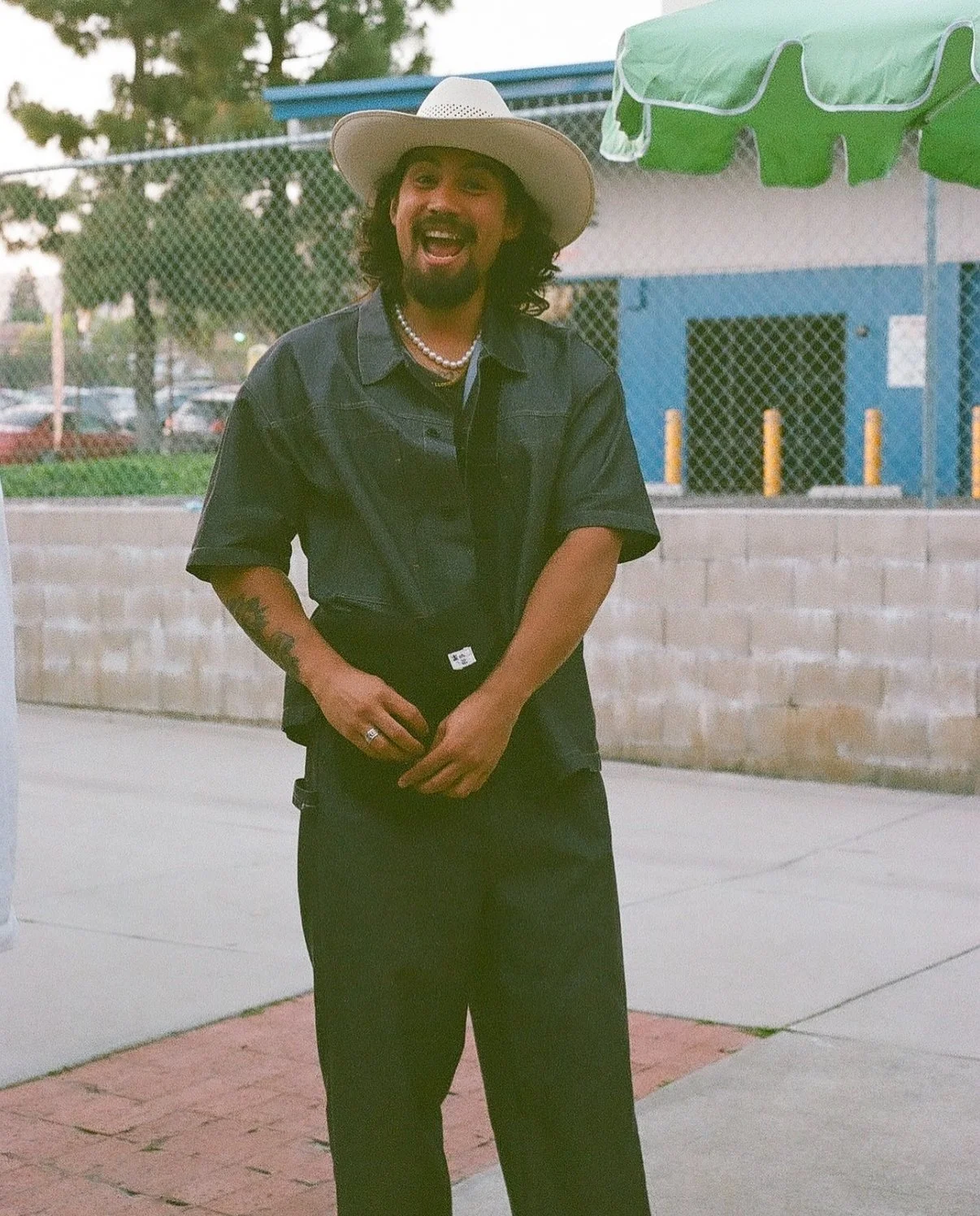









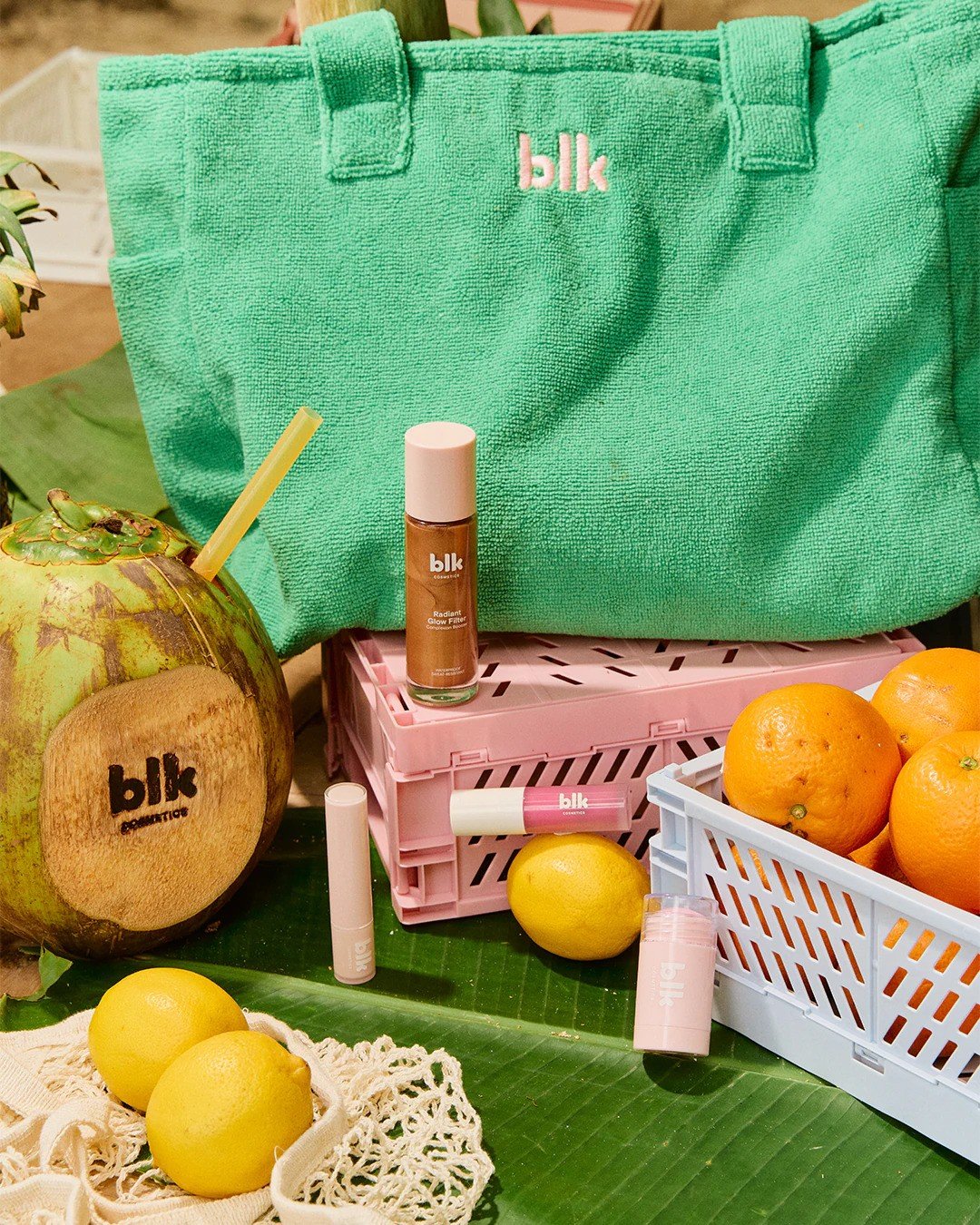


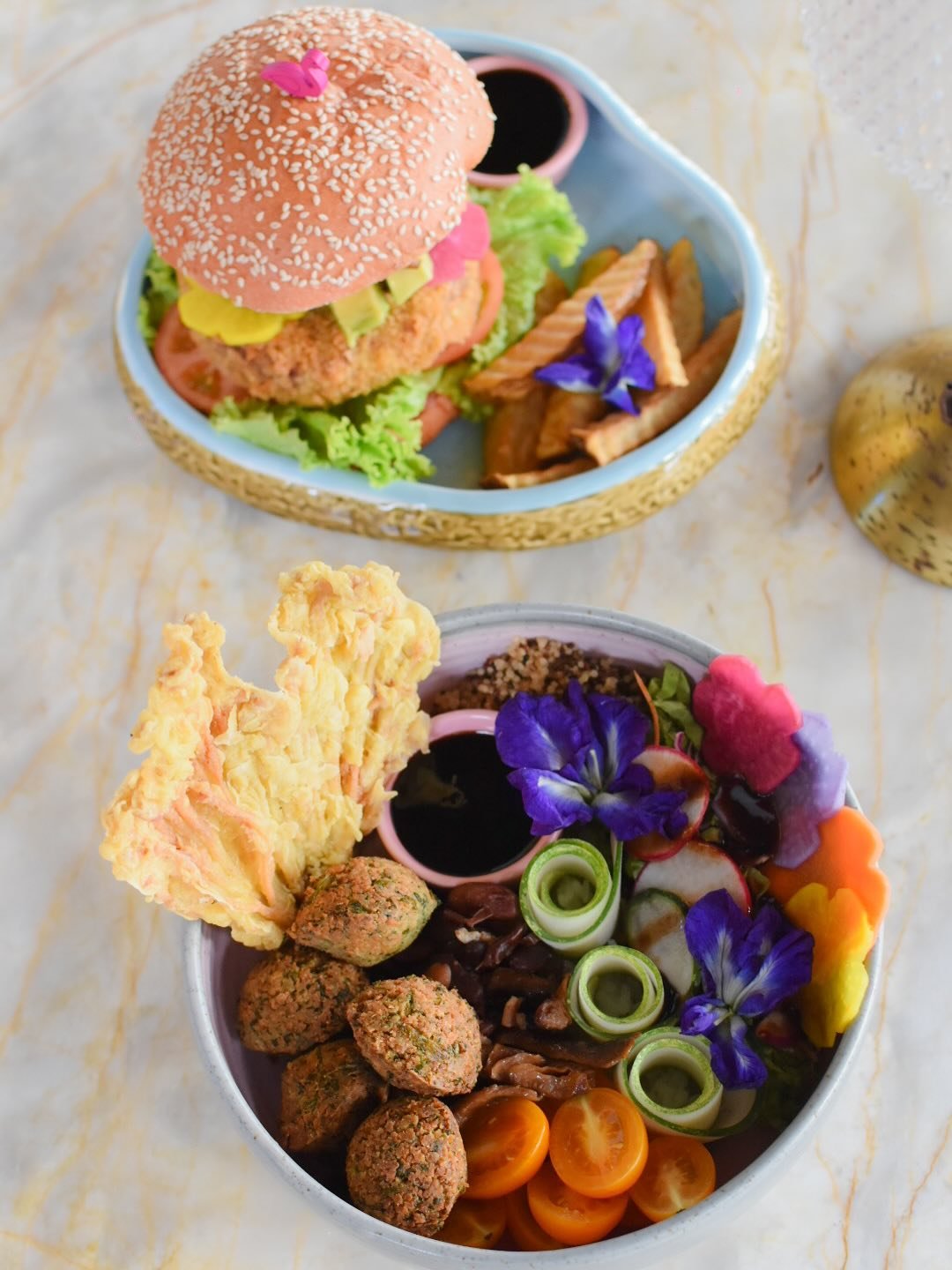




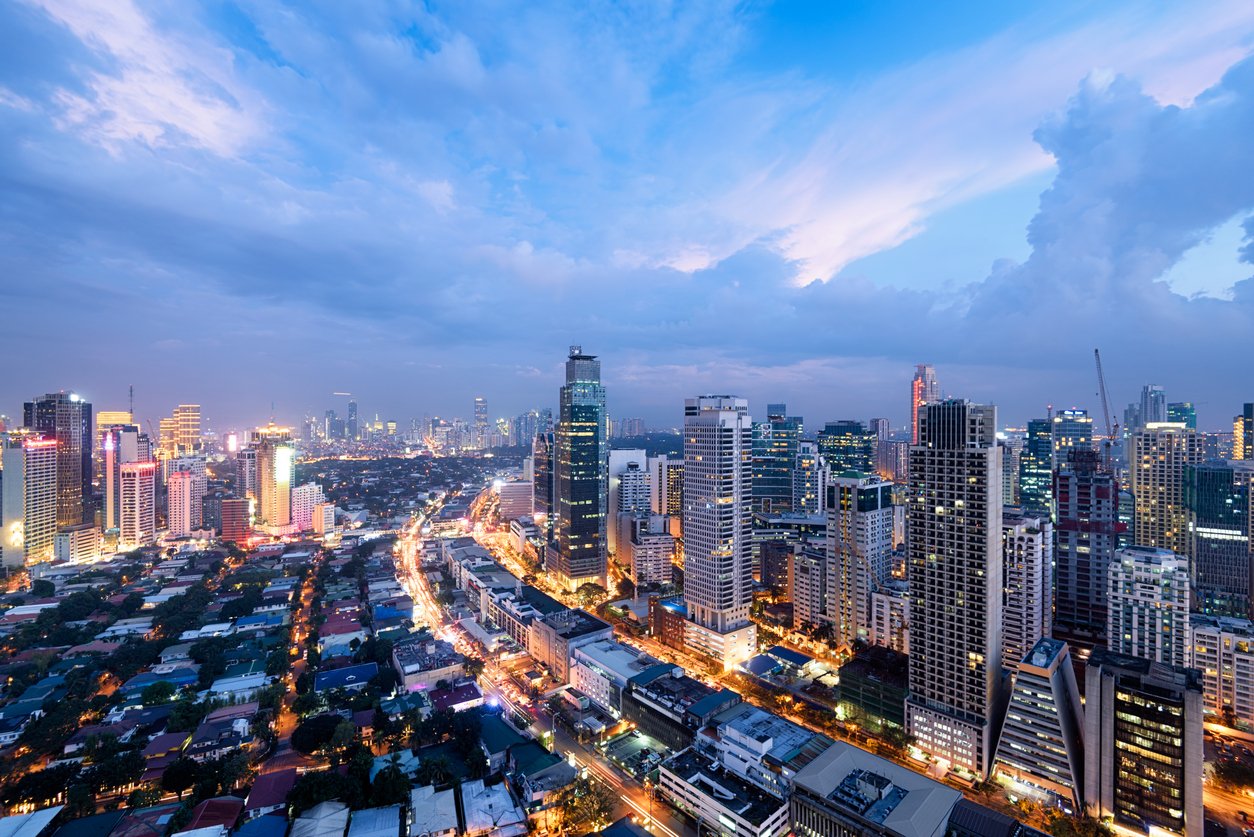
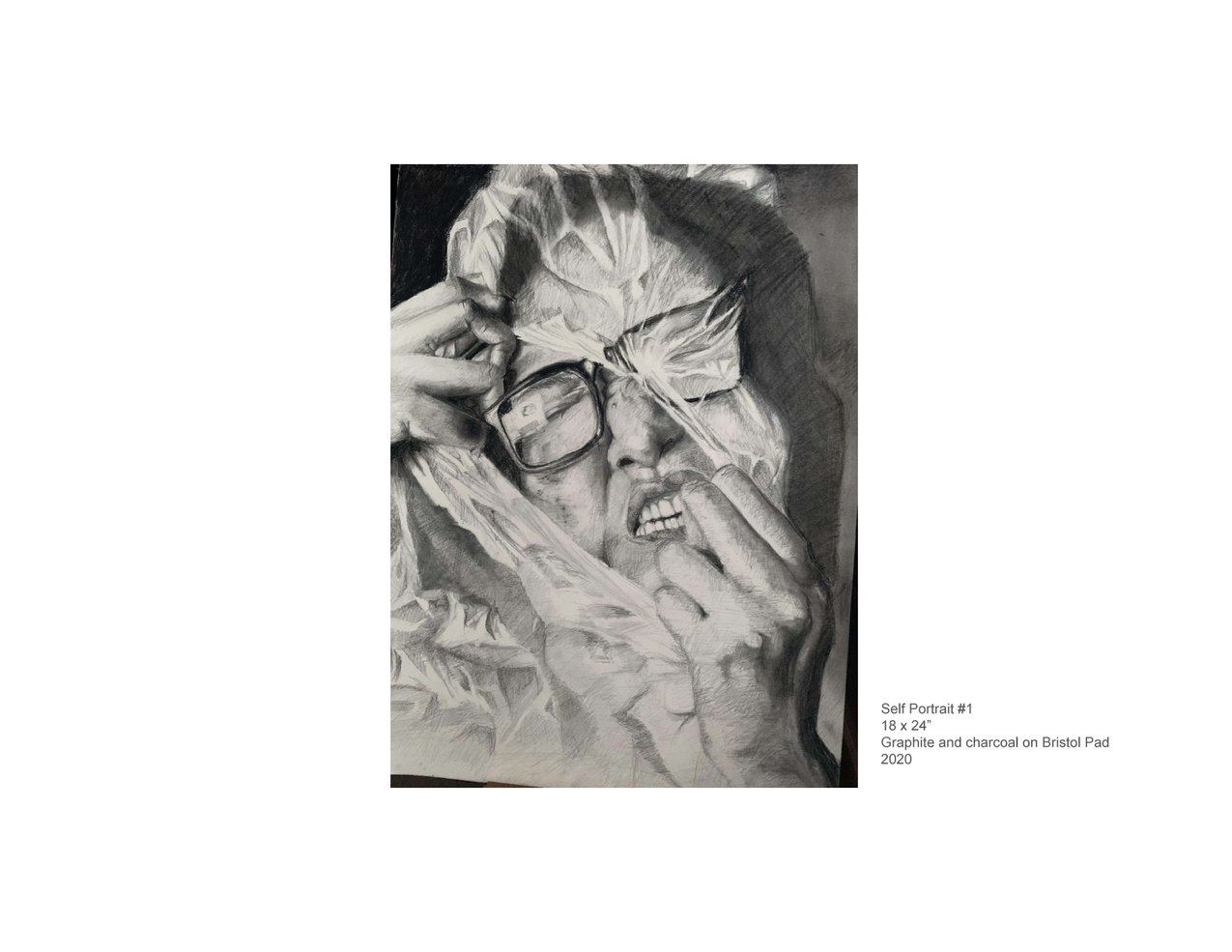
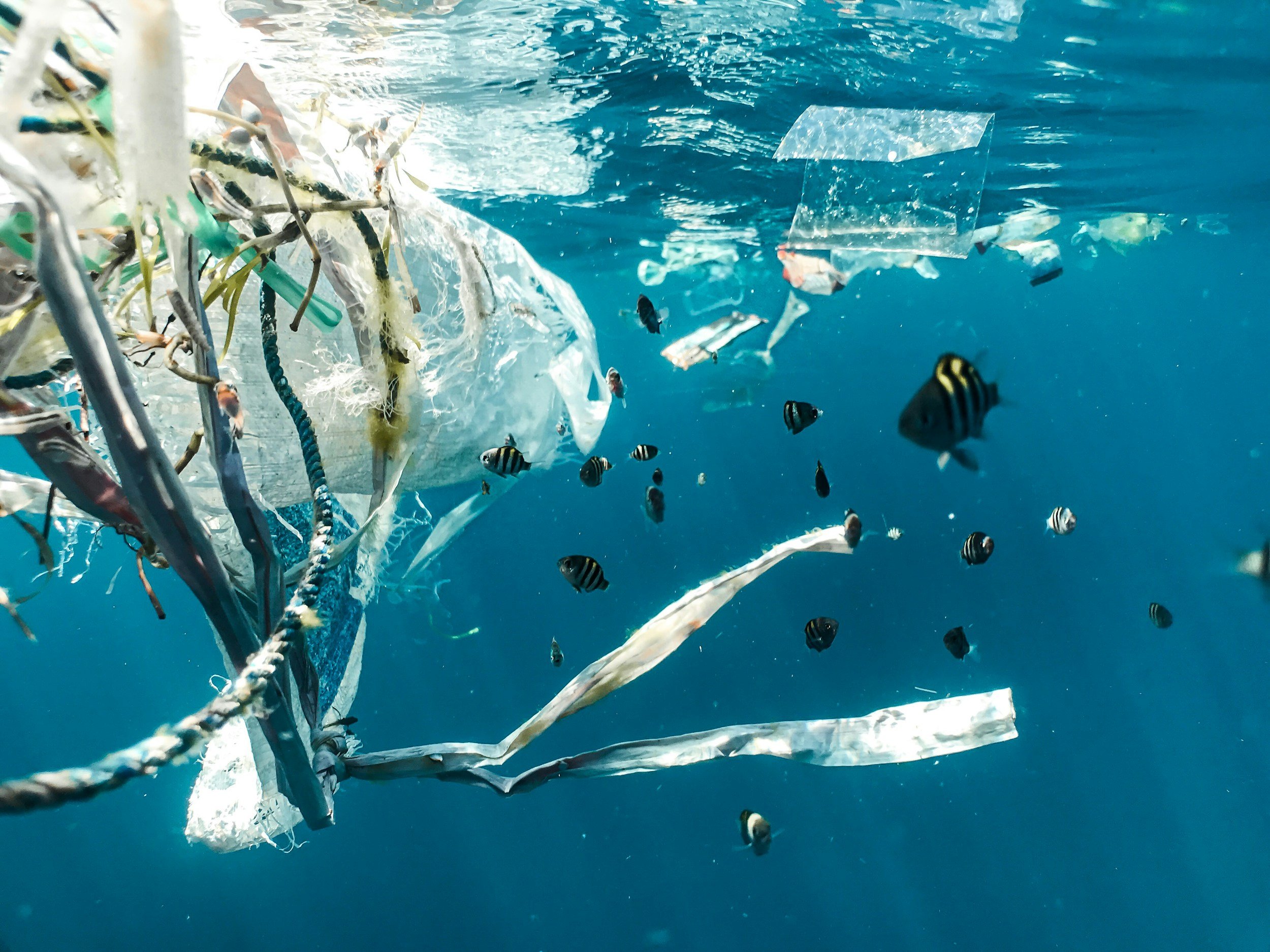





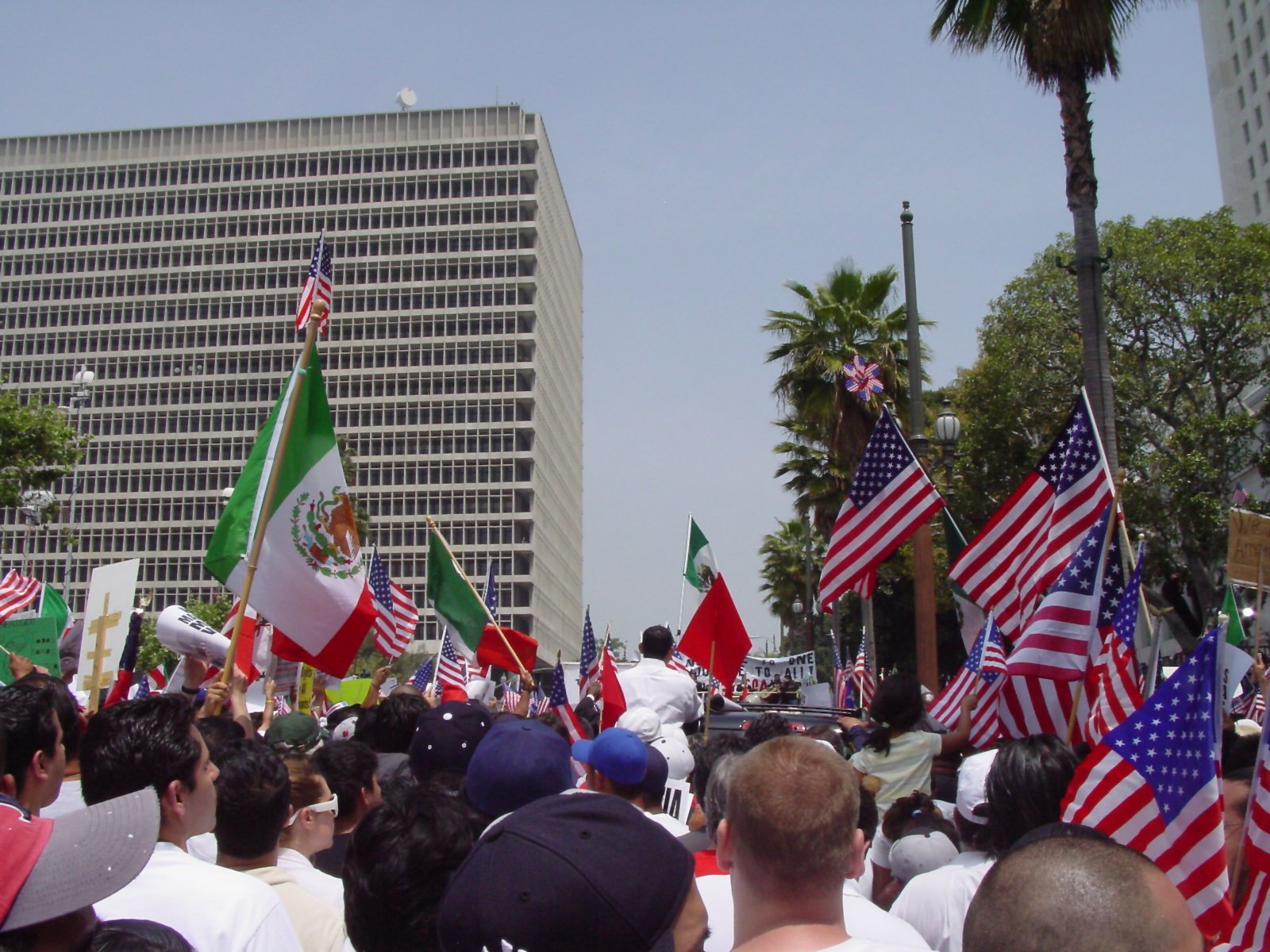
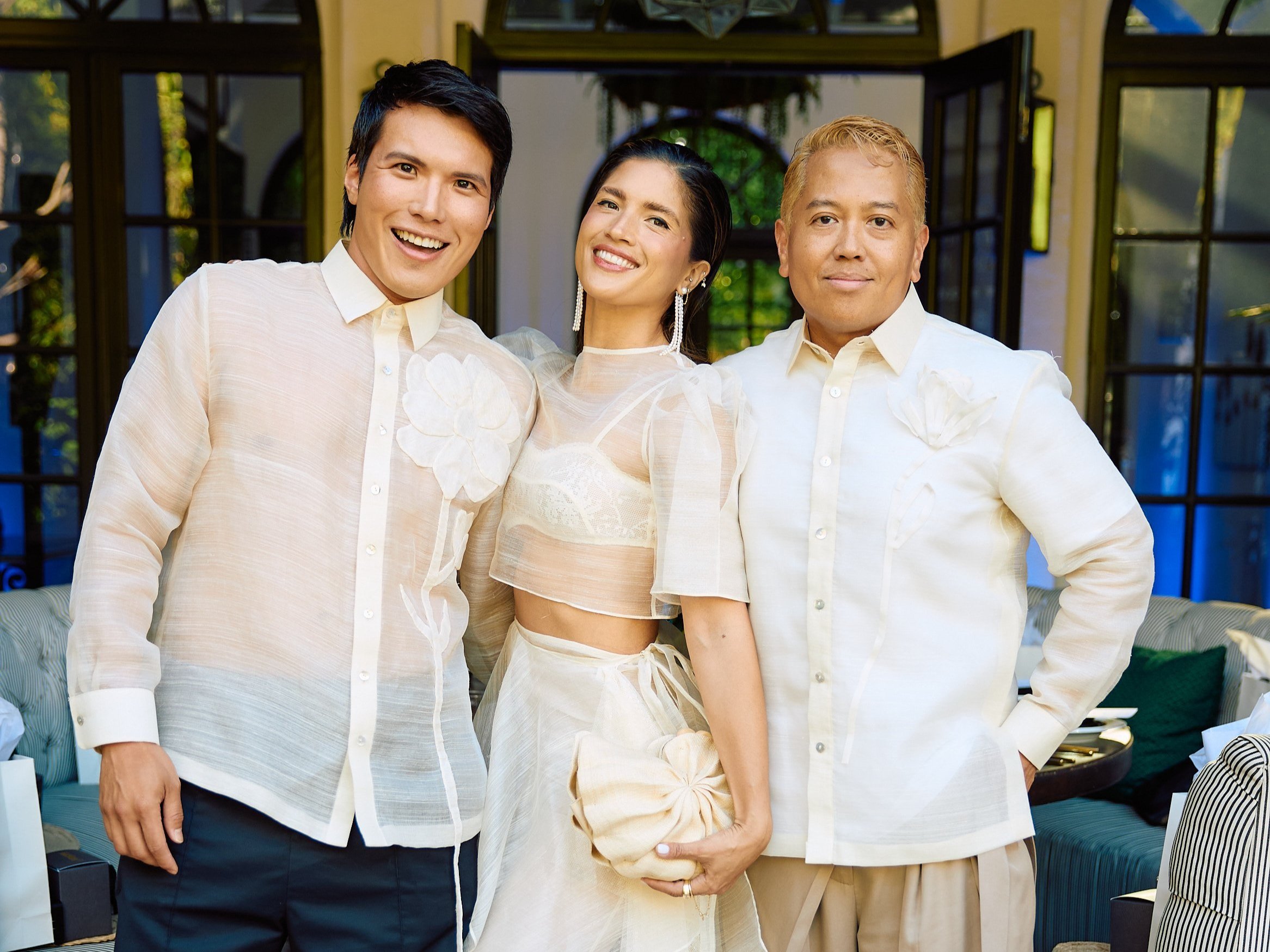


Graduation day marks the end of years filled with late-night studying, sacrifice, and striving to earn A’s to make their parents proud. Yet for many Filipino-American graduate students, this milestone also signals the beginning of a new kind of pressure.
Read More